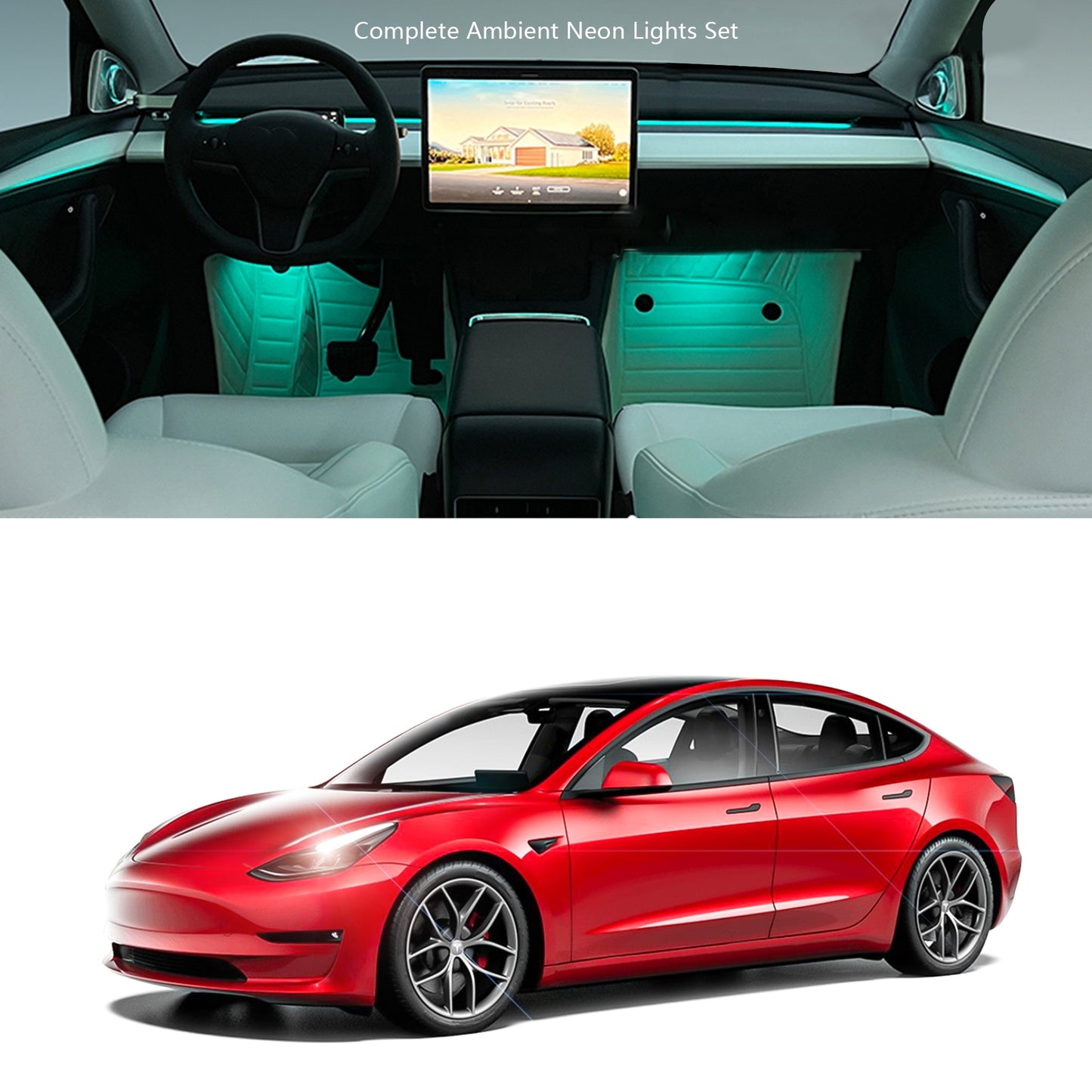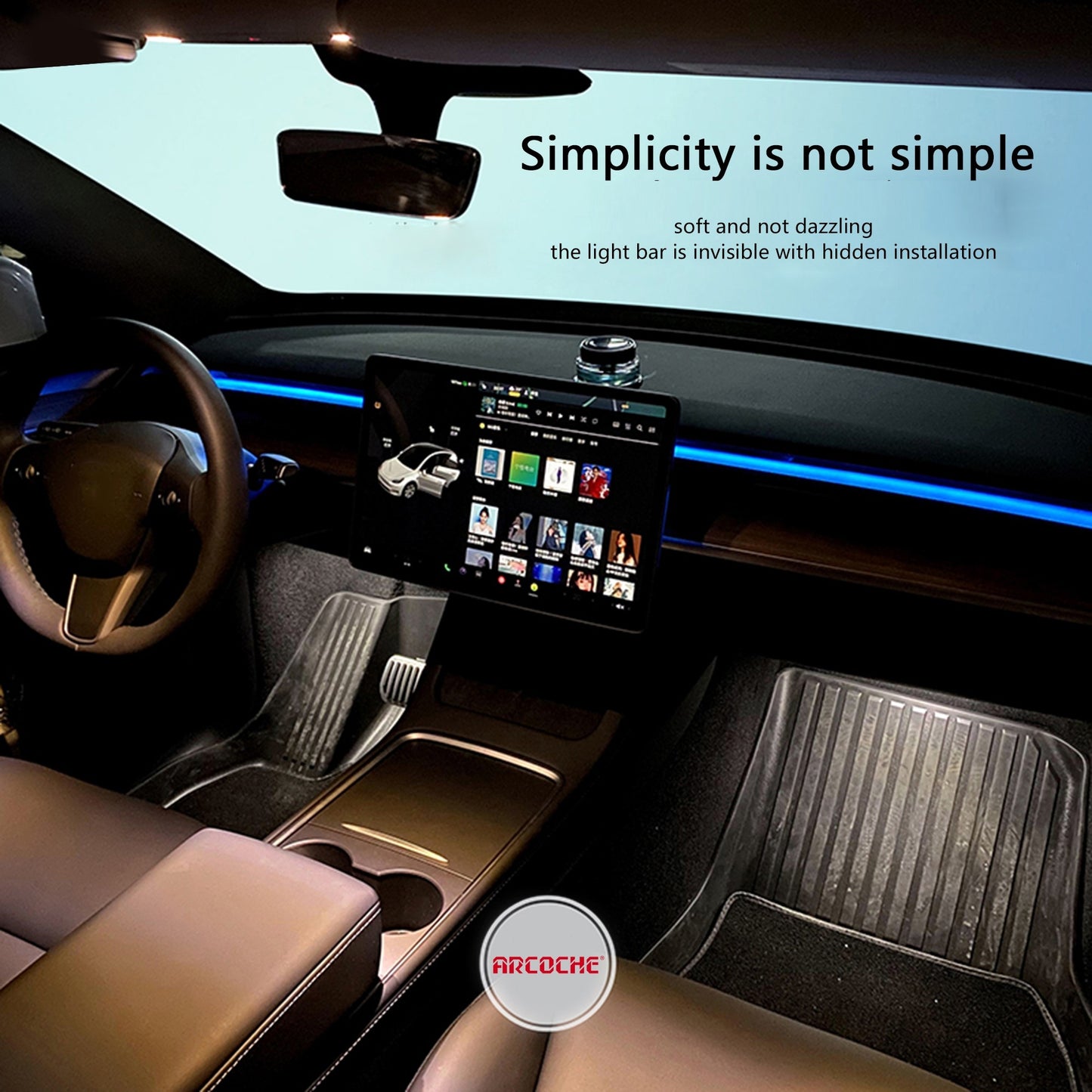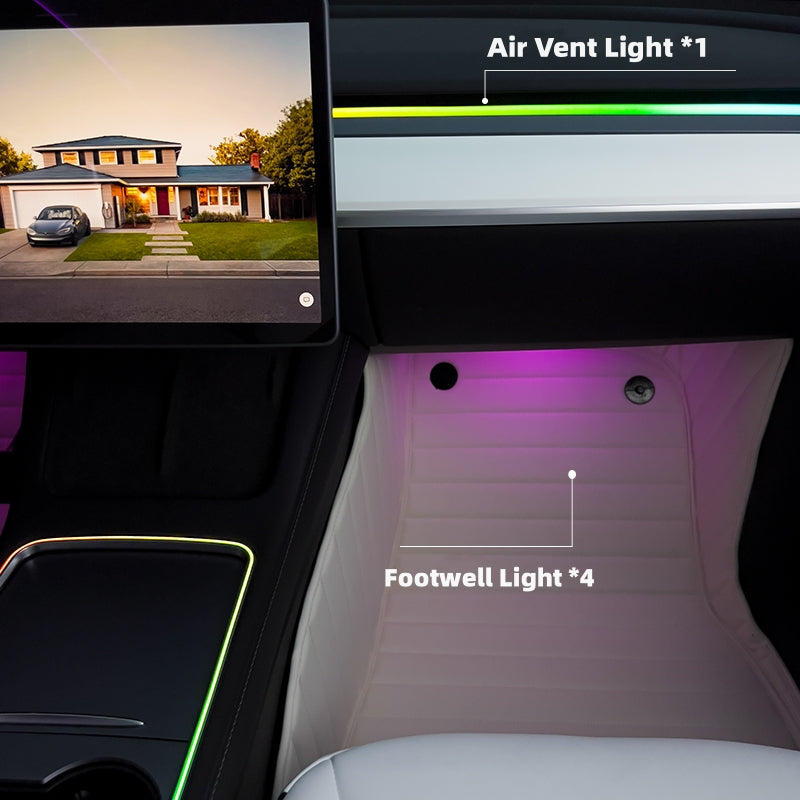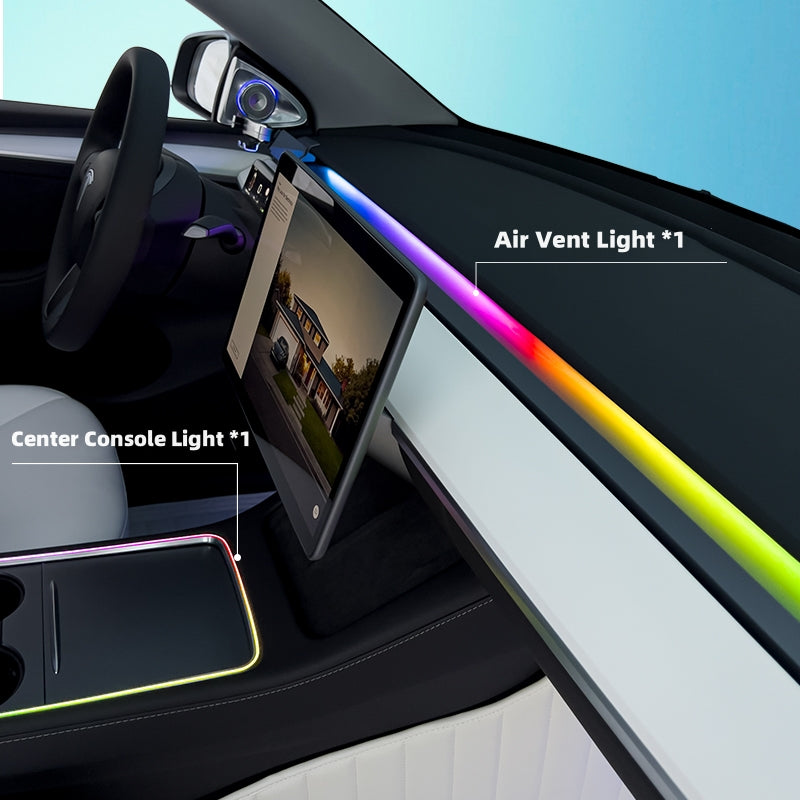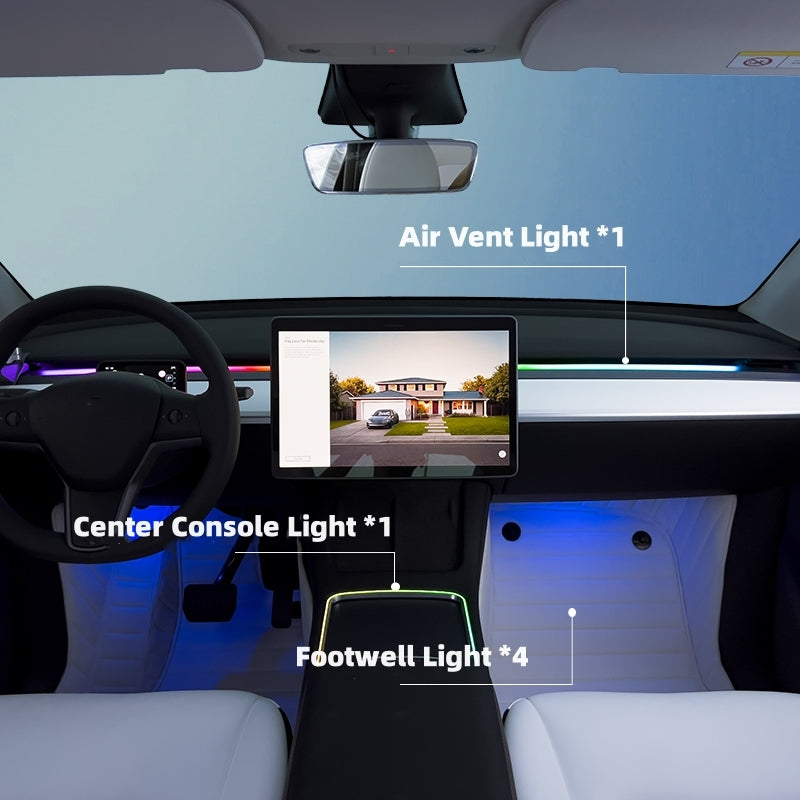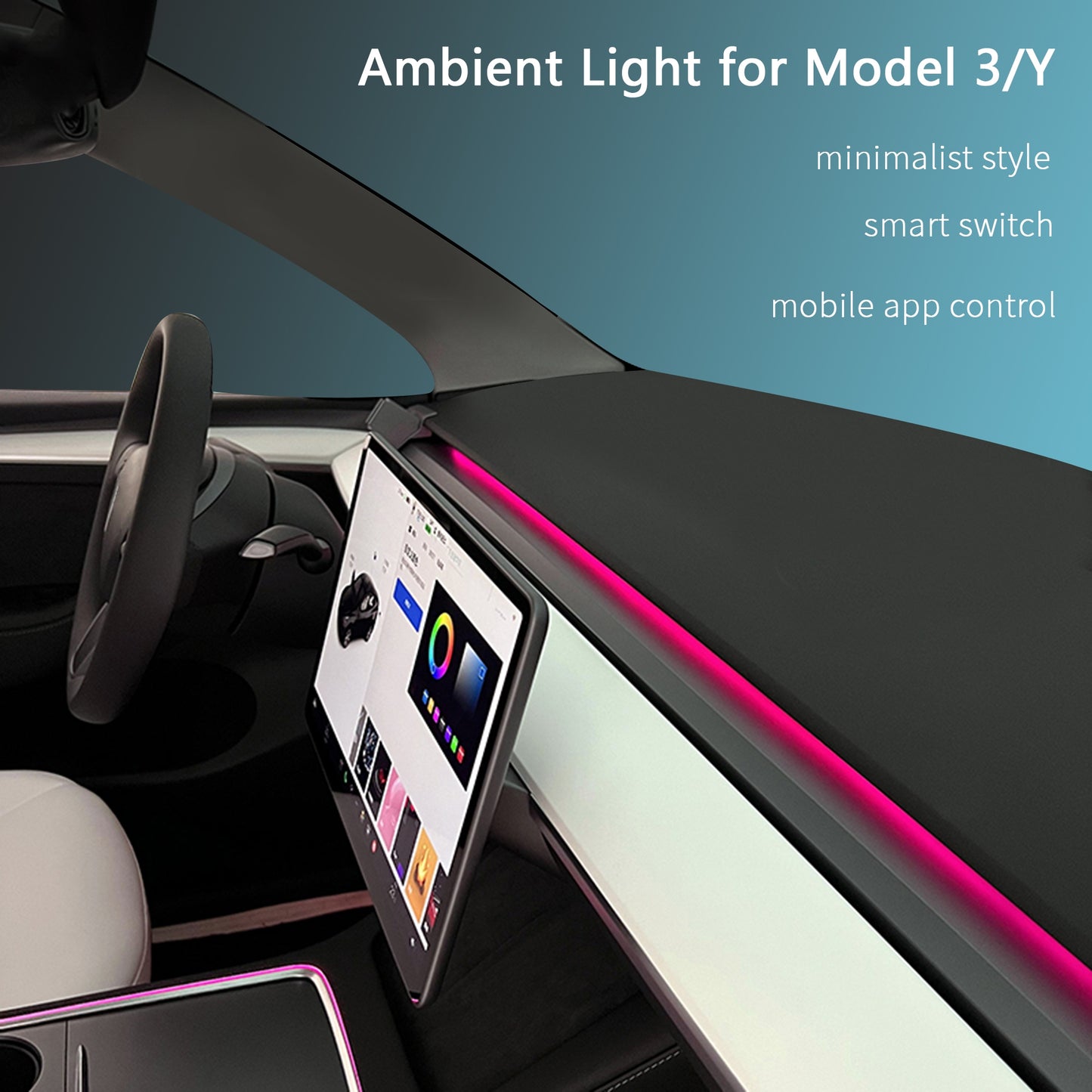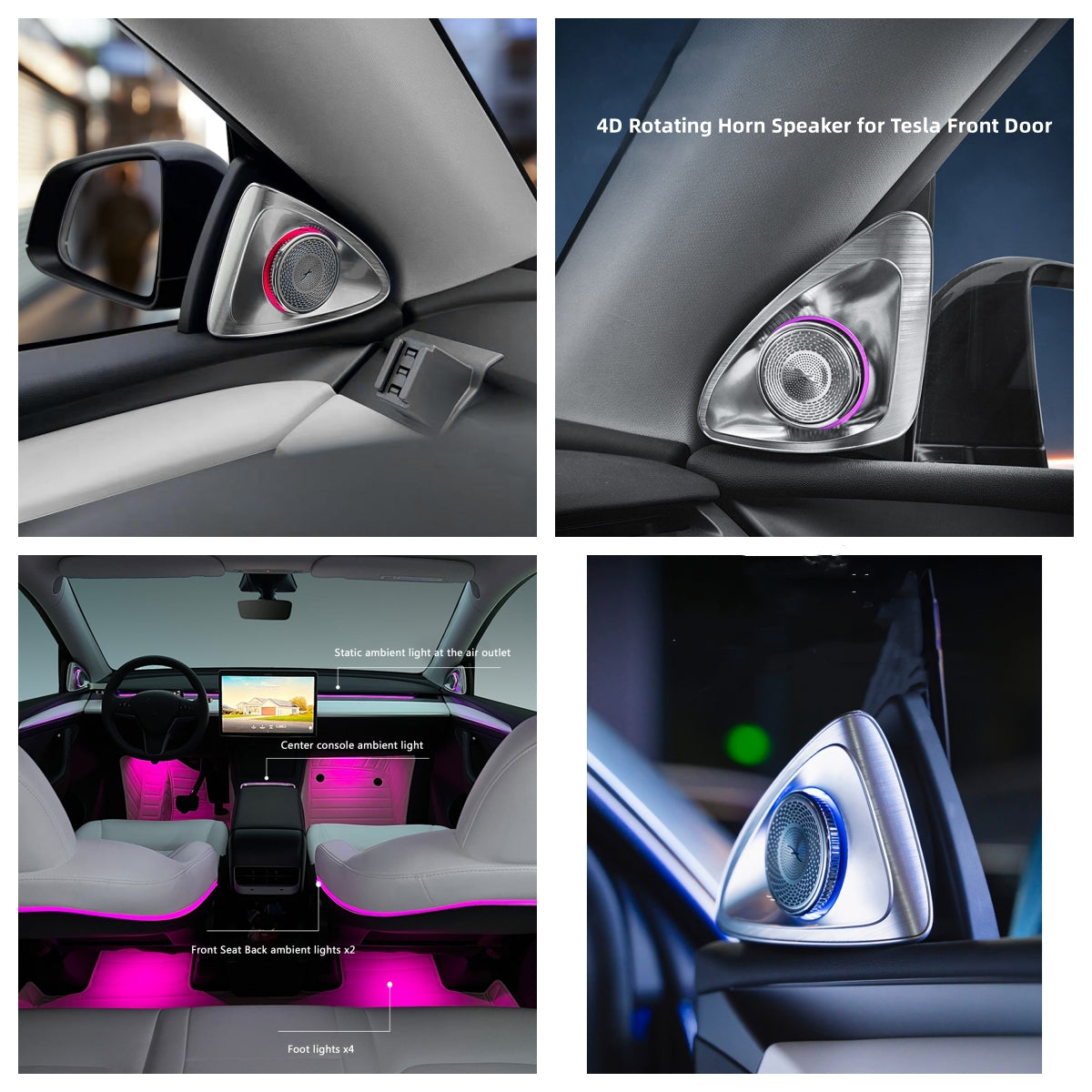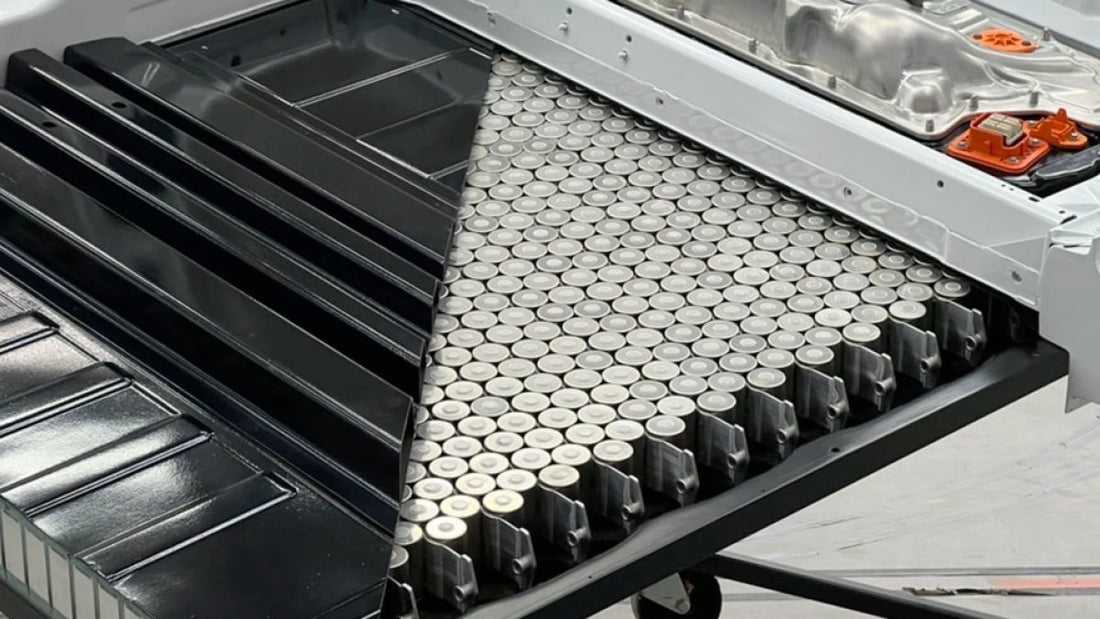
Teslas 4680 trockene Kathodenbatteriezellen: Verbesserung der EV -Erschwinglichkeit und -leistung
Erschwinglichkeit und Leistung
Auf der Aktionärsversammlung 2024 stellte Elon Musk Teslas neueste Innovationen in der 4680-Zellentechnologie vor. Nach Jahren der Entwicklung hat Tesla eine funktionsfähige 4680-Zelle entwickelt, die der Leistung der aktuellen 2170-Zelle entspricht oder diese übertrifft. Der offizielle Cybertruck-Account hat auf X auch ein Bild des ersten Cybertrucks mit 4680 Trockenkathodenzellen und seinem Produktionsteam gepostet.
Untersuchung des Elektrodenprozesses für Trockenbatterien
Das Trockenbatterieelektrodenverfahren (DBE) stellt eine wesentliche Änderung gegenüber dem traditionellen Nassbatterieelektrodenverfahren (WBE) dar. Durch den Verzicht auf giftige Lösungsmittel und die Notwendigkeit des Brennens im Ofen ist dieses Verfahren umweltfreundlicher und in Bezug auf Zeit und Platz effizienter.
Beim DBE-Verfahren wird die Elektrode, also der leitende Anschlusspunkt der Batterie, im Gegensatz zum bisherigen Nassverfahren im trockenen Zustand hergestellt.
Entwicklung und Herausforderungen der 4680-Zelle

Tesla verwendete zunächst 4680 Zellen in den strukturellen Batteriepacks des Modells Y. Diese frühen Modelle hatten jedoch Probleme mit der Ladeleistung und der Energiedichte, was dazu führte, dass sie vom Markt genommen wurden. Die große Größe der 4680 Zellen erschwerte die Kühlung, was ihre Wirksamkeit einschränkte.
Im November 2023 stellte Tesla während des Earnings Call die Cybercell für den Cybertruck vor. Diese neue Version zeichnet sich durch eine höhere Energiedichte und eine verbesserte Ladeleistung aus. Laut Sandy Munros Teardown-Analyse bietet diese verbesserte Version eine um etwa 12 % höhere Energiedichte, eine deutliche Verbesserung.
Vorteile des tischlosen Designs
Das plattenlose Design der 4680-Zelle rationalisiert die Produktion und reduziert die Komplexität der Herstellung. Herkömmliche Batteriezellen haben Laschen, die zusätzliche Schritte im Produktionsprozess erfordern, die Wahrscheinlichkeit von Defekten erhöhen und die Produktion verlangsamen. Der Wegfall dieser Laschen vereinfacht den Prozess und erhöht die Effizienz.
Durch das Fehlen von Laschen wird außerdem die Distanz verkürzt, die die Elektronen zurücklegen, was den Widerstand und den Energieverlust verringert und somit die Gesamteffizienz des Fahrzeugs steigert.
Vorteile der neuen 4680-Zelle
Das neue 4680-Zellenverfahren bietet mehrere Vorteile, darunter eine bis zu 50 % geringere Produktionskosten im Vergleich zum aktuellen Nassverfahren. Darüber hinaus ist das Trockenverfahren nachhaltiger und ermöglicht eine schnellere Skalierung der Produktion.
Teslas Umstellung von der 2170-Zelle auf die 4680-Zelle ist auf Kosteneinsparungen zurückzuführen. Die größere Größe der 4680-Zelle senkt nicht nur die Produktionskosten, sondern dient auch als Strukturkomponente des Fahrzeugs, was die Herstellungskosten weiter senkt.
Vereinfachte Fertigung und Kosteneffizienz
Die größere Größe der 4680-Zelle macht ihre Herstellung im Vergleich zur größeren und dünneren 2170-Zelle einfacher und billiger. Ihr einzigartiges plattenloses Design minimiert den Widerstand und verbessert so die Ladegeschwindigkeit und die Gesamtleistung der Zelle.
Indem Tesla in einem Batteriepack 4.400 2170-Zellen durch nur 960 4680-Zellen ersetzt, reduziert es den Materialbedarf für die einzelnen Zellgehäuse erheblich. Diese Optimierung erhöht die Energiedichte und spart Platz im Batteriepack.
Zukunftsaussichten
Die Fortschritte bei der 4680-Zellentechnologie könnten zu niedrigeren Preisen für den Cybertruck und einer höheren Produktionsrate führen. Tesla will jährlich etwa 250.000 Cybertrucks produzieren, wofür eine große Anzahl von 4680-Batteriepacks erforderlich ist.
Für die Zukunft plant Tesla, die verbesserte 4680-Zellentechnologie in seine gesamte Fahrzeugpalette zu integrieren. Damit will das Unternehmen letztendlich die 2170-Zelle übertreffen und neue Maßstäbe in der Elektrofahrzeugbranche setzen.




